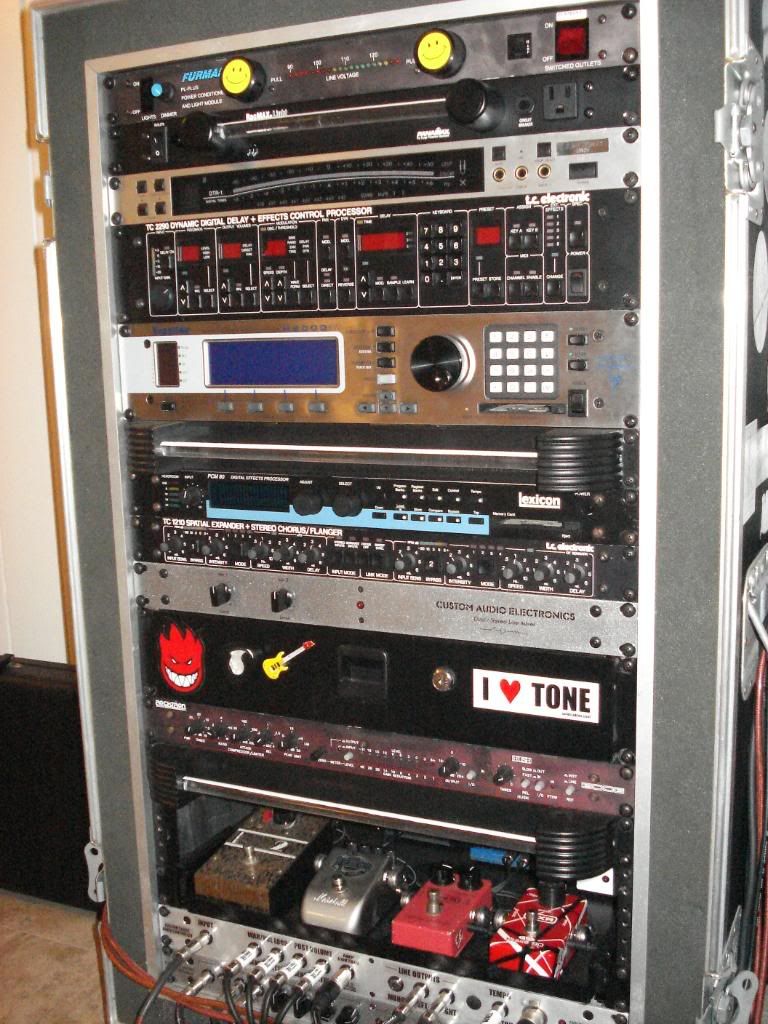The studio pre is a series FX loop.
Whatever you believe about parallel vs. series, a major problem with parallel FX loops and digital FX is latency. Digital FX take time to digitize, calculate, and convert the result back to analog. If the whole signal goes through that process, you get a few ms delay, but the relative phase of the wet and dry signals is preserved.
If you use a parallel loop, then the dry signal has no delay, but the wet signal has some delay (latency). In many cases, that causes a comb filter and/or flanger-sounding artifacts that are very noticeable. Killing the dry or setting the FX unit to 100% wet can help, but some FX still have some dry signal as part of the effect.
Much of the idea that digital FX sound "digital" is based on problems that happened in the 1980s when it was new technology. Currently, most converters and FX units do very little to color the sound. A major problem when connecting them to tube amps is that tube amps are often not designed to play well with other equipment, so there are impedance mismatches that cause loss of low end, loss of high end, loss of gain, or all 3. Many FX processors are designed to be driven by a standard audio load (600 Ohms), but many tube amps have from 5k to 25k Ohm output impedances. The Triaxis and studio pre have about 6k output impedances in their loops, and the TA is 25k at the main outputs at full volume. These require FX units with at least 500k Ohm input impedances, which is not always the case, especially for line-level FX. I had to add a buffer to my studio pre FX send as a result, and it made a HUGE difference.























